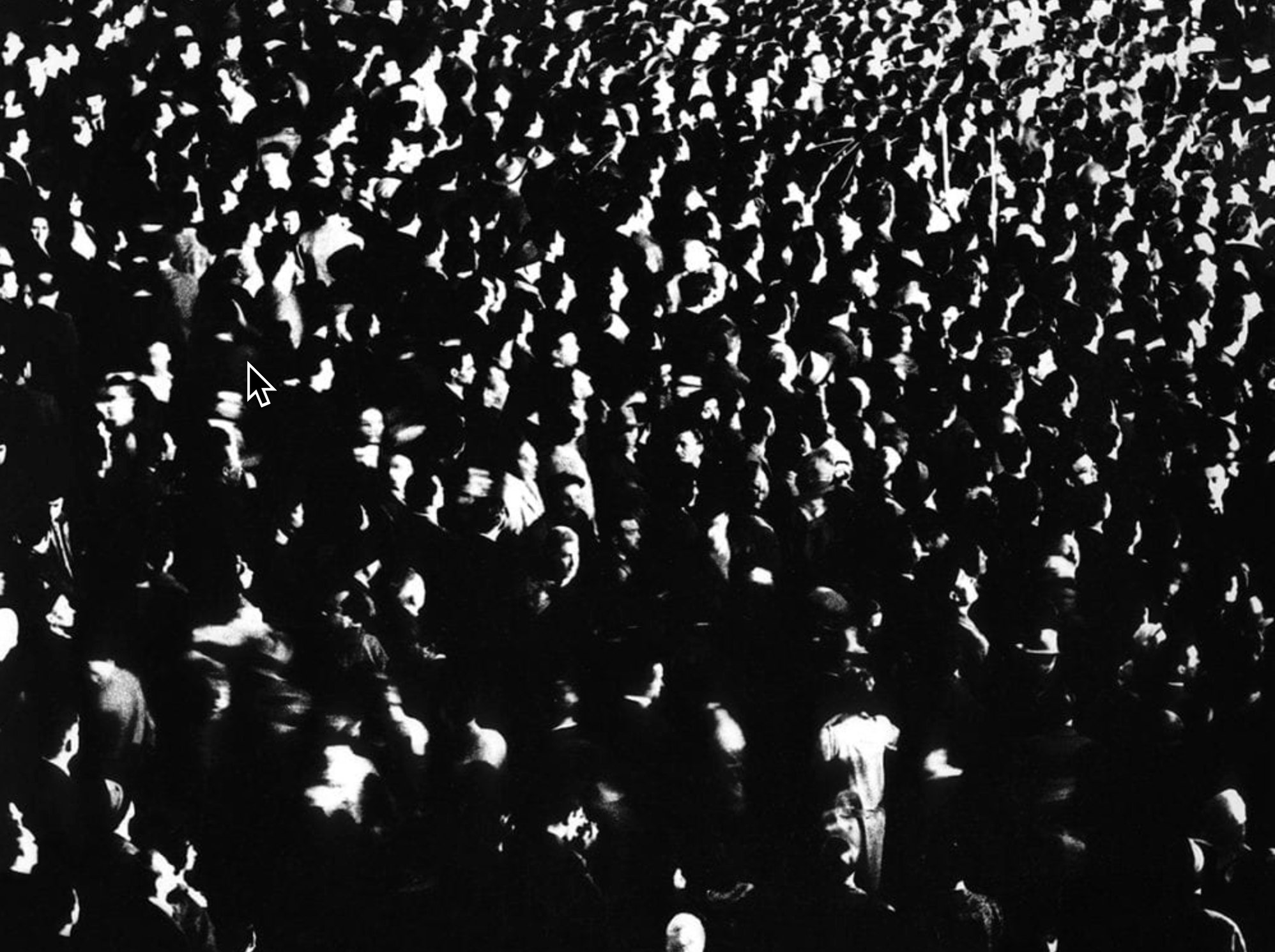MARIO GIACOMELLI (1925-2000) was a renowned Italian photographer known for his bold, high-contrast black-and-white imagery that explores themes of memory, life, and mortality. Born in Senigallia, Giacomelli grew up in challenging circumstances following the early death of his father. He began working as a typographer at a young age, eventually establishing his own printing business in 1950. His introduction to photography came in 1953, when he bought a simple Bencini Comet camera and started capturing scenes on the shores of Senigallia.
His early works, such as Mia Madre (1953) and L’approdo (1954), reflect his penchant for stark contrasts and symbolic compositions. Giacomelli quickly gained recognition for his expressive style, winning the prestigious Castelfranco Veneto photography competition in 1955, where Paolo Monti hailed him as “photography’s new man.” His notable series from this period include Vita d’ospizio (1954-56), a compassionate portrayal of elderly hospice residents, and Pretini (1961-63), which captures seminarians in evocative moments of play and reflection. His series Scanno (1957-59), documenting daily life in an Abruzzo village, was acquired by MoMA in 1964, cementing his international reputation.
Giacomelli’s work is deeply intertwined with his native Marche landscape. His landscape series often involved interventions in the land, creating abstract patterns that blurred the line between documentation and artistry. Series like Metamorfosi della terra (1955-68) and Presenza d’assenza (1970-90s) reveal his philosophical meditations on the cyclical nature of existence. In the 1980s and 1990s, Giacomelli explored more personal themes, such as in Autoritratti (1980s-90s) and Vita del pittore Bastari (1992-93), while still engaging with poetic texts, leading to works like La notte lava la mente (1994-95), inspired by Mario Luzi, and Io sono nessuno (1992-94), inspired by Emily Dickinson.
Though Giacomelli gained widespread acclaim and exhibited in prestigious venues, he remained attached to his local roots, repeatedly returning to familiar fields, beaches, and hillsides to capture their evolving forms. His photographs, often imbued with a sense of nostalgia and existential inquiry, are marked by a relentless pursuit of reality’s deeper layers—one that transcends mere documentation. His last series, Questo ricordo lo vorrei raccontare (2000) and La domenica prima (2000), reflect his enduring engagement with memory and mortality, a testament to his belief in photography’s power to confront life’s most profound questions. Giacomelli passed away in 2000, leaving behind a rich body of work that remains influential for its poetic intensity and philosophical depth.
We are grateful to Katiuscia Biondi Giacomelli, artistic director of Associazione Archivio Mario Giacomelli, for allowing us to reproduce some of the work of his grandfather.

Ritratti e Prime opere, 1954/60

Metamorfosi della terra, 1955/’80

Per Poesie, ’60/’90

Caroline Branson, Spoon River, 1967 e 1971/73

Verrà la morte e avrà i tuoi occhi, 1966/68

Favola, verso possibili significati interiori, 1983/84

Il canto dei nuovi emigranti 1984-1985

Passato, 1986/90

Felicità raggiunta, si cammina, 1986/92

La notte lava la mente, 1994/95

31 Dicembre, 1997

Questo ricordo lo vorrei raccontare, 2000


